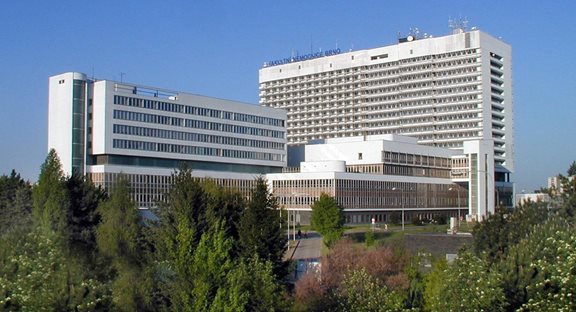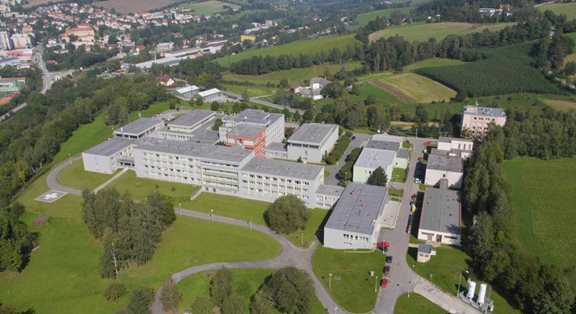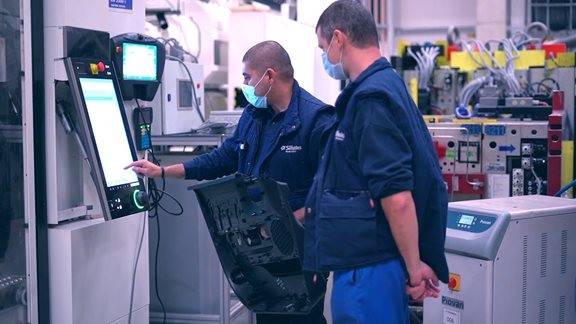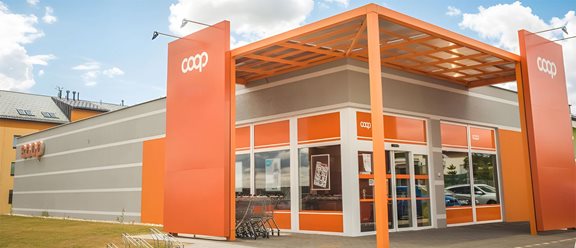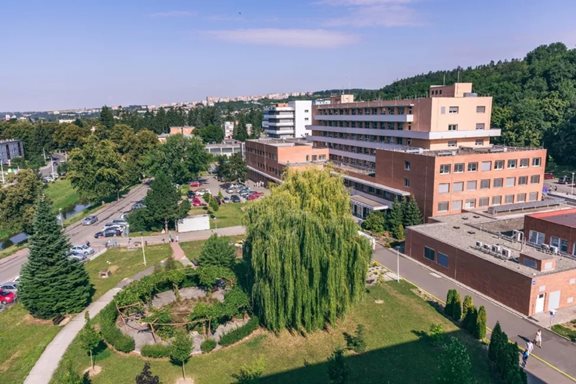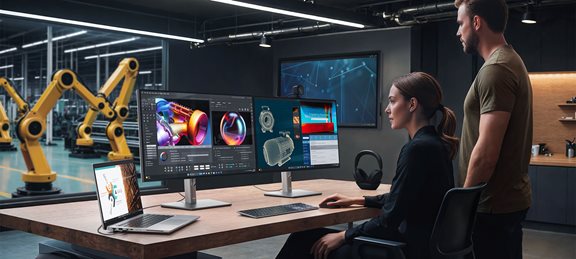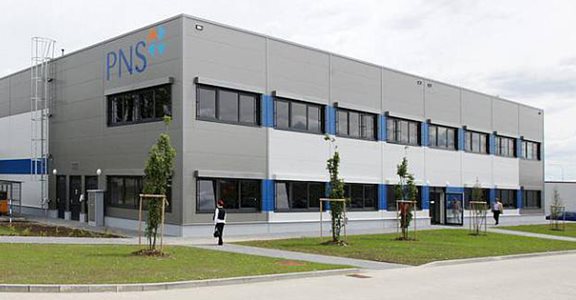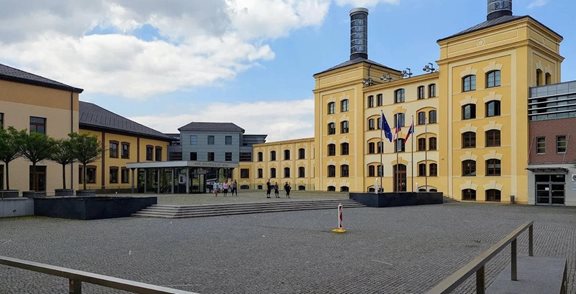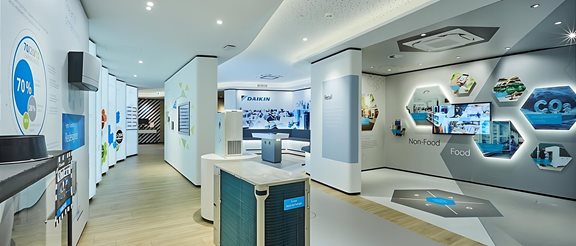Customer profile
The South Moravian region is located in the southeastern part of the Czech Republic and its center is the second largest city of the Czech Republic, Brno.
The regional office fulfills tasks in an independent capacity assigned to it by law, the regional council and the regional council and assists the activities of committees and commissions. Furthermore, it carries out state administration established by law.

After almost nine years of operation of the Technology Center of the region, we are at the Regional Office of the South Moravian Region they came to the inevitable decision to strengthen or replace the existing server infrastructure with a newer one and more powerful technology, which should be enough for us for the next few years both architecturally and in terms of performance.
Baseline and project objectives
The age of some IT technologies of the Technology Centre of the South Moravian Region requires their gradual replacement with newer and more modern technologies, providing a higher number of possibilities of use, higher performance and easier administration.
The situation, when during the coronal crisis a large part of users had to work remotely in Home Office mode, led to a relatively significant increase in the load on the existing VDI infrastructure and thus increased the need to strengthen the entire IT infrastructure.
The increase in server performance allows a greater number of remote sessions to be run. The simpler management of the environment makes it easier to create new user profiles even with a clear view of complete performance parameters. As a result, the environment can be better planned with future needs in mind, and any expansion simply means adding another "razor blade" server that, thanks to the server profiles, becomes simply another contributor to the overall computing power.
Across all tiers of IT infrastructure, the primary focus of this project was to expand disk array capacity with server replacement as the primary goal.
The server infrastructure currently uses new technology from Hewlett Packard Enterprise to replace older server-based, blade-based solutions. The servers with HPE Synergy technology are housed in a common enclosure and thus communicate with the environment via shared communication elements such as Ethernet or fiber channel switches, without the need for complicated external cabling.
Benefits
- Accelerate and automate endpoint and server lifecycle management
- Reduce TCO, save time and IT management costs
- Replacement of legacy server hw technologies with modern ones with a range of unique features/capabilities
Solution
Replacing servers is always about analyzing the current performance parameters of the existing solution, estimating the increase in these parameters for the next few years. The dimensioning of the new solution brought both savings in power consumption and at the same time such available performance, including its easy expandability, without unnecessary extra costs for running all applications.
The main feature of HPE Synergy is the so-called composability - the ability to prepare the IT environment exactly according to the changing requirements of applications (application servers, not only virtual ones), to change parameters on the fly without the need for complicated interventions in the infrastructure, and to do all this on hw that has sufficient data throughput and is ready for future technologies.
HPE Synergy is a highly available solution on a minimalist midplane design. It connects all active parts of the chassis and, in addition to space for servers with one to four processors, also allows for disk boxes on which to build a hyperconverged infrastructure such as VMware vSAN or Microsoft Azure Stack HCI.
Each chassis can contain a Composer Appliance - another server with internal disk capacity on which server policies are configured. Another server, called Image Streamer, can then take care of the distribution to the application servers. Its main task is to simplify and speed up the installation of servers as much as possible, and it is suitable for environments that often work with a large number of new configurations and a number of e.g. virtual servers.
In the project, we replaced three older HP c7000 blade chassis with three HPE Synergy systems.
Used technologies
- HPE Synergy Frames
- HPE Synergy servers
- HPE 3PAR disk arrays - capacity expansion
DO NOT HESITATE TO
CONTACT US
Are you interested in more information or an offer for your specific situation?





